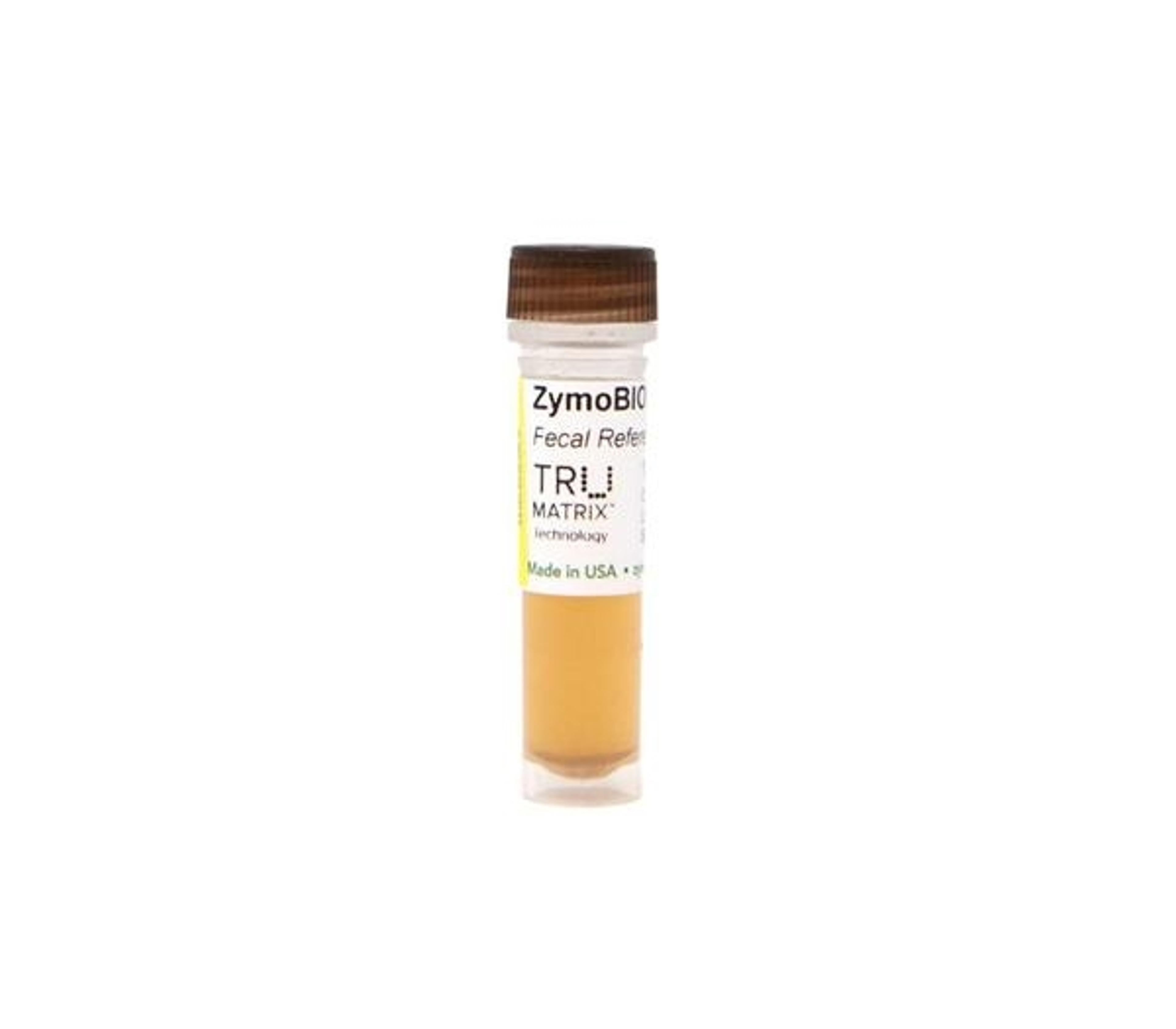Accelerating microbiome research: The new reference material improving data quality
Dr. Raul Cano, Chief Scientific Officer at The BioCollective, discusses how to increase sequencing data accuracy and reproducibility and the future of the microbiome in healthcare
29 Apr 2021

New reference material reflecting the diversity of the gut microbiome is set to provide researchers with more reliable, reproducible results that will help the field develop diagnostic tools and therapeutics for better patient care.
Until recently, limited refence materials have been available to microbiome researchers. Consequently, experimental results could not be easily compared. Now, a new product developed by The BioCollective and Zymo Research, the ZymoBIOMICS™ Fecal Reference with TruMatrix™ Technology, could be a game changer.
In this SelectScience® interview, we speak with Dr. Raul Cano, Chief Scientific Officer at The BioCollective, to learn more about this new reference material, how it will help ensure high-quality microbiome data and what impact this will have on research and healthcare.
The microbiome in health and disease
The human gut microbiome encompasses all the microorganisms residing in the digestive tract. While changes in this microbiome were once thought to only influence gut health, research has since identified a relationship between the gut microbiome and the brain – the gut-brain axis – and a connection with human health overall. “A review of the literature will tell you that the microbiome has an impact on many non-gut diseases, for example diabetes, obesity, central nervous-system disorders, behavioral disorders,” says Cano.
This is of particular importance as it suggests the gut microbiome plays a role in indicating the health or disease status of an individual, and consequently its analysis could be used to make predictions. However, a stumbling block in the use of the microbiome as a diagnostic or predictive tool, is that it requires high-quality, reproducible data, which has been difficult to achieve due to a lack of a widely available, high diversity reference. This is where the work of The BioCollective and Zymo Research comes in.
Bringing quality control to microbiome research
Following sample collection and extraction, the microbiome is sequenced by NGS and analyzed using bioinformatic techniques. “Microbiome analysis is very heavily methodologically oriented. So, a flaw in any step in the process could lead to erroneous results,” Cano explains. In order to provide accurate meaningful data, quality control of this process is essential. The collaboration between The BioCollective and Zymo Research aims to provide the necessary quality control, by combining The BioCollective’s homogenization technology, TruMatrix™, with Zymo Research’s DNA/RNA Shield™, which not only stabilizes the microbial profile of the sample at the moment that it is resuspended, but also increases its shelf life.
The BioCollective has pioneered improved whole stool sample collection and processing to ensure high-quality microbiome data through its TruMatrix™ technology over the past six years. Cano explains: “We developed a methodology that allows us to create very homogeneous, diverse fecal samples in large quantities, prepared in multiple formats, including a lyophilized form.”
Zymo Research, meanwhile, is a leader in the industry for microbiome sample stabilization and tools for the entire microbiome analysis workflow. “The combination of the two companies allows us to create a unique highly resourceful, reliable, and very valuable control: the ZymoBIOMICS Fecal Reference. It has the TruMatrix™ technology, developed with support from the NIH over several years, to ensure that the products are homogeneous and the microbiome, therein, is stable and useful over an extended period of time thanks to DNA/RNA Shield™,” says Cano.

The quest for better microbiome data
For many years researchers have debated the standardization of methodologies from sample collection to nucleic acid extraction to analysis. “While you can standardize the methodology, you still need a way to evaluate your procedure. If you don't have reference material or some sort of standard to evaluate the accuracy of your procedure, then it is really a leap of faith – you're just assuming that everything that you've done is correct and, therefore, the outcome of the study is correct,” Cano explains.
While the industry has used mock microbial communities as defined controls for method validation, these tend to be high abundance and low diversity, meaning they do not reflect the diversity seen in the fecal microbiome. “The ZymoBIOMICS™ Fecal Reference material is an ideal measuring stick, of high diversity and low absolute abundance. This allows a researcher to tweak all the methodologies for detection of even low-abundance organisms which may play a central role in many disease events. Ideally, using both low diversity and high diversity reference materials can provide quality assurance at multiple levels.” Cano shares.
Therefore, the key to improving data accuracy and reliability lies in routine implementation of reference material that represents the abundance and diversity of the material you are studying, through products such as the ZymoBIOMICS™ Fecal Reference with TruMatrix™ Technology. “Routine use of this Fecal Reference would increase the value of your data significantly,” says Cano.
The impact of the microbiome on future healthcare
More reliable and comparable data will enable researchers to expand understanding of the microbiome and open up potential applications in diagnostics as well as disease treatment. “The quality of the research, drug development, diagnostics and all the subsequent outcomes of studies will be more reliable and more valuable, the cost of research will be reduced and data quality increased,” says Cano.
Looking to the future, the microbiome could become a valuable tool in the early diagnosis and treatment of disease. Cano predicts: “I believe that the stool sample analysis, within the next five years, would be as routine as a blood draw or a urine sample when you go to a doctor for a physical.” And as the relationship between the microbiome and disease becomes clearer, there is also the potential for therapeutics that target the microbiome itself. “I think that, very soon, we're going to see an FDA-approved microbiome-generated drug,” Cano concludes.
Find out more about ZymoBIOMICS Fecal Reference with TruMatrix™ Technology>>

